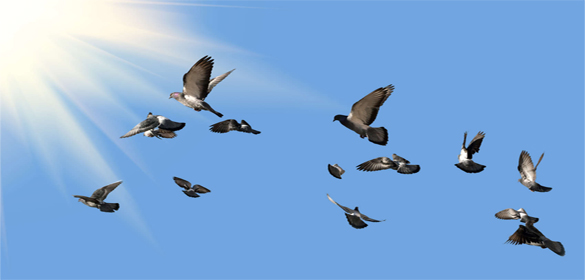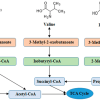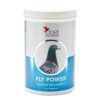
Muscle Regeneration Tips for Racing Pigeons
Muscle Regeneration Tips for Racing Pigeons After Intense Flights
Racing pigeons are athletes in their own right soaring for hundreds of miles with incredible endurance and speed. But like any elite competitor, their muscles take a beating. Delayed muscle regeneration is one of the most under-recognized issues affecting performance in racing pigeons, especially in the middle of a busy season.
If your birds seem slower to recover, fly with reduced intensity, or show signs of fatigue after repeated races, muscle stress and incomplete repair might be the problem. In this guide, we’ll explore how racing affects pigeon muscle tissue, how to recognize signs of delayed regeneration, and what you can do to optimize muscle repair using BCAA supplements, structured rest, and a smart post-race training routine.
Why Muscle Recovery Matters in Racing Pigeons
Every intense race puts strain on your pigeons’ pectoralis major and minor muscles—the large breast muscles responsible for the majority of flight power. The harder and longer the race, the more microscopic damage these muscles experience. That damage is natural, but if the bird isn’t given adequate time and nutrients to recover, the damage accumulates.
Key consequences of delayed muscle regeneration include:
-
Loss of strength and speed
-
Wing fatigue after short flights
-
Muscle tightness or spasms
-
Lowered motivation to fly
-
Poor race consistency and increased recovery time
If these signs sound familiar, it’s time to rethink your post-race strategy.
What Causes Muscle Damage in Racing Pigeons?
Several factors contribute to muscle stress and slow repair in racing birds:
1. Intense Wing Movement Over Long Distances
Repetitive contraction and extension over hours of flight lead to microtears in muscle fibers—especially in strong headwinds or heat.
2. Lactic Acid Accumulation
When muscles work anaerobically (without enough oxygen), lactic acid builds up. If not cleared quickly, this causes soreness and delays repair.
3. Insufficient Amino Acids and Electrolytes
Muscles need amino acids—especially BCAAs (branched-chain amino acids) to rebuild efficiently. Depleted electrolyte levels post-race slow down cellular functions and healing.
4. Overtraining or Too Little Rest Between Races
Training too soon after a race doesn’t allow the necessary 48–72 hour regeneration window. The result? Incomplete muscle repair and rising injury risk.
Recognizing Signs of Delayed Muscle Regeneration
Your birds won’t tell you directly, but their bodies will show the signs. Watch for:
-
Stiff or tight wing movement during handling or early flights
-
Reluctance to stretch wings fully after landing
-
Slower lap times during training tosses
-
Less explosive takeoff power
-
Dull muscle tone or sunken breast feel
-
Post-race droopiness, even with good hydration
These subtle signs often precede more obvious performance declines.
How to Support Muscle Regeneration in Racing Pigeons
1. Incorporate BCAA Supplements Immediately Post-Race
BCAAs leucine, isoleucine, and valine are essential amino acids that directly fuel muscle repair and reduce soreness. Birds cannot synthesize them naturally; they must get them from their diet or supplements.
Benefits of BCAA Supplements:
-
Stimulate muscle protein synthesis
-
Decrease muscle soreness
-
Reduce muscle breakdown
-
Speed up recovery time
When to give:
Administer a water-soluble BCAA supplement within 30–60 minutes after race return. This is the prime “recovery window” when nutrients are most rapidly absorbed.
Look for racing pigeon-specific blends that include BCAAs + electrolytes + glucose to maximize recovery.
2. Allow a Minimum of 48-Hour Downtime Post-Race
After an intense flight, pigeons need rest—not more exertion. A minimum of 48 hours of low-activity time allows muscle fibers to regenerate.
What should rest look like?
-
Day 1: No training. Quiet loft, rich seed blend, and fresh water with recovery tonic.
-
Day 2: No tossing. Light loft fly (if energy seems restored).
-
Day 3: Begin light training with 5–10 km toss.
Skipping this rest window is one of the most common reasons racing pigeons experience recurring dips in performance.
3. Incorporate Light Training to Stimulate Repair
After rest, light exercise stimulates circulation, clears waste products, and signals the body to finish the muscle healing process. Don’t push too hard too soon.
Recommended Light Training Methods:
-
5–10 km tosses
-
Short, controlled loft fly (30–60 minutes)
-
Avoid sharp turns or headwinds
Gradually increase intensity over the week, paying attention to bird energy levels and wing response.
4. Add Muscle-Supportive Nutrients to the Feed
Beyond BCAAs, a well-rounded post-race diet can speed muscle regeneration. Include:
-
High-protein seeds (peas, lentils, mung beans)
-
Barley (10–20%) to support digestion and reduce inflammation
-
Wheat germ oil or flaxseed oil for anti-inflammatory benefits
-
Vitamins E & B-complex, known to support muscle and nerve recovery
Pro-tip: Blend in a recovery powder like PHP Recovery Mix with BCAAs, glucose, electrolytes, and vitamins for an all-in-one boost.
Best Practices for Faster Muscle Regeneration
To keep your birds in peak racing condition week after week, follow these proven practices:
Post-Race Recovery Checklist:
-
Offer clean water with BCAAs and glucose immediately after return
-
Ensure quiet, stress-free loft environment for at least 24 hours
-
Monitor wing tension and energy levels before resuming training
-
Offer light protein-rich feed plus digestive support (grit, barley)
-
Avoid tossing or training for 48 hours post-race
Long-Term Strategies to Prevent Chronic Muscle Fatigue
Muscle recovery isn’t just a short-term concern—it impacts long-term career health. Use these strategies all season:
Rotate Intensity
-
Don’t send birds to consecutive high-distance or extreme-condition races.
-
Alternate hard races with shorter or recovery-focused weeks.
Plan a Seasonal Recovery Calendar
-
Include planned rest weeks after key races.
-
Build in 1–2 days per week for active recovery (light loft fly only).
Log Each Bird’s Recovery Trends
-
Use a training log to track race recovery time.
-
Note droppings, feed intake, and muscle tension for patterns.
This data helps you prevent overuse injuries and select the right birds for each race based on recovery.
Final Thoughts: Train Smarter, Not Harder
Racing pigeons aren’t machines they’re high performance athletes. Repeated strain without proper recovery doesn’t make them stronger; it breaks them down.
By understanding the biology of muscle regeneration, using BCAA supplements, providing 48-hour post-race rest, and easing birds back into training, you create an environment where your pigeons recover faster and race harder.
Remember: speed comes from recovery, not repetition. Treat every flight as part of a full cycle that includes effort and repair—and you’ll see the results in consistent performance, stronger muscles, and a more resilient loft.


